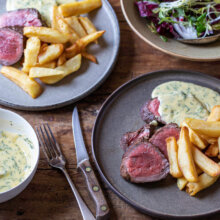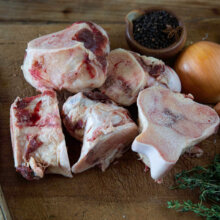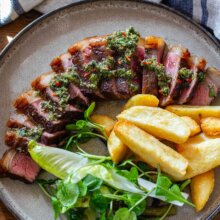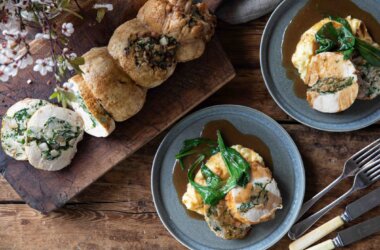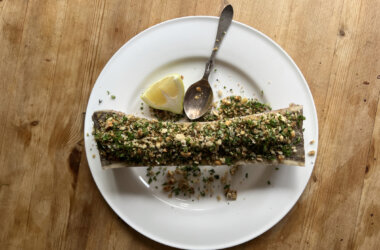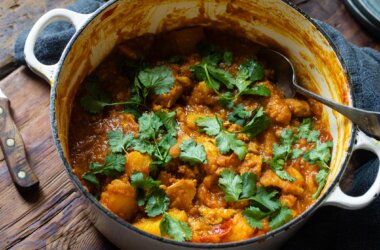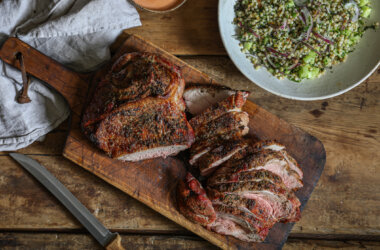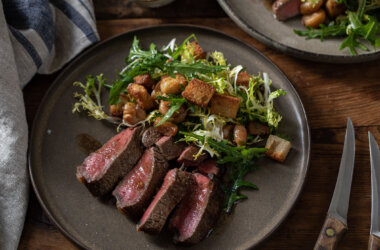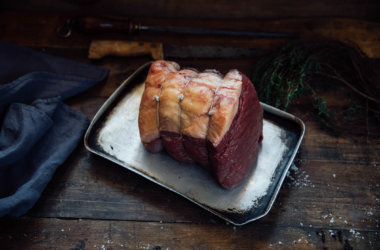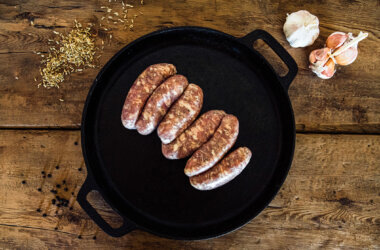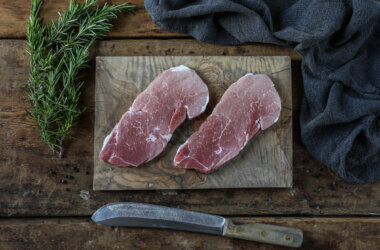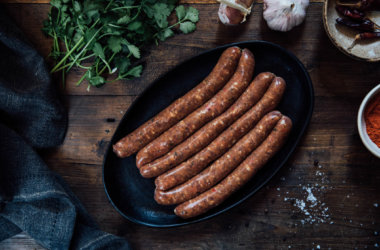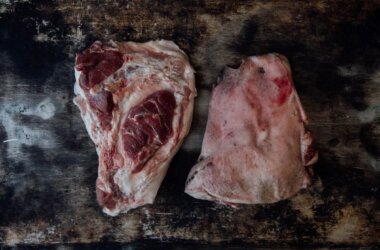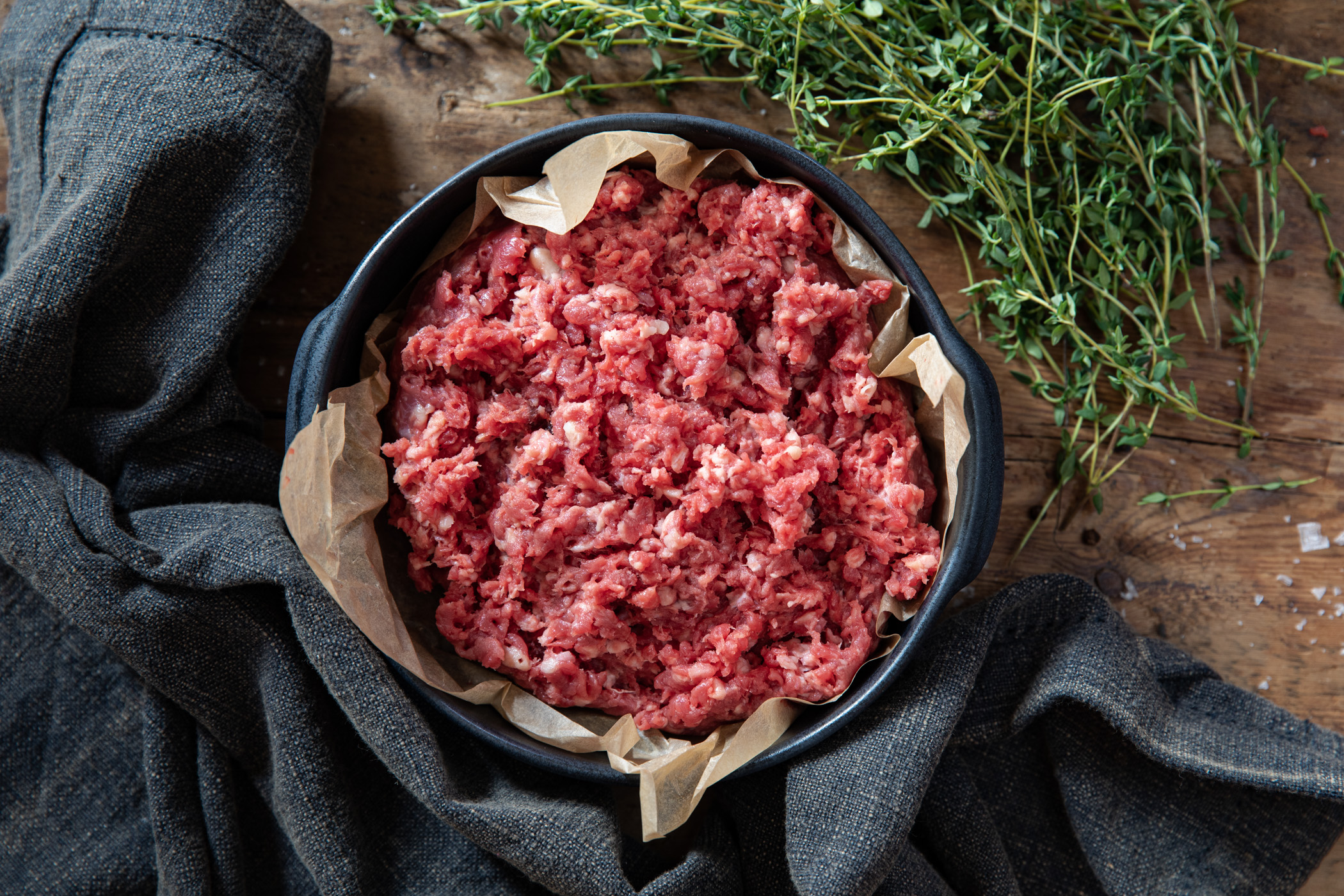
What is Beef Mince?
How to Cook Beef Mince: Minced beef is one of the most versatile cuts of meat, forming the base of countless family favourites such as lasagne, a rich beef ragu, chilli con carne, and juicy homemade steak burgers. Its depth of flavour and ease of cooking make it a kitchen essential.
At Swaledale, our heritage breed, grass-fed beef mince is different. Made from 100% meat with no fillers or additions, it’s prepared using a carefully selected blend from the forequarter, including chuck and rib cap. Coarsely ground twice, this gives our mince exceptional flavour, texture, and succulence.
Knowing how to cook beef mince well unlocks its full potential. Quick, economical, and endlessly adaptable, it’s little wonder this ingredient is a staple in weekly meal plans. From slow-cooked mince recipes to speedy midweek suppers, our beef mince is perfect for everything from hearty pies and pasta sauces to spiced tacos and meatballs.
Beef Mince Cooking Time
Beef mince cooks quickly, making it ideal for fast midweek meals. Although cooking time depends on the recipe, as a guide 500g of beef mince will take around 6–8 minutes to brown and colour in a hot frying pan. Stir regularly to ensure even cooking and break up any clumps for the best texture. Once browned, the mince is ready to be combined with other ingredients in your chosen dish, whether that’s a ragu, chilli, curry, or classic cottage pie.
The Best Way to Cook Beef Mince
For the best flavour and texture, beef mince should be cooked quickly over high heat. Here’s how to do it:
- Add a dash of oil to a hot frying pan, then remove the mince from its packaging and distribute it evenly across the pan. Stir over high heat for around 6–8 minutes, so it doesn’t stick and browns evenly. Season early with sea salt and freshly ground black pepper.
- You may notice some liquid is released before the meat begins to brown — using a large, hot pan helps prevent the mince from stewing in its juices. Try not to overstir; instead, allow the mince to take on a rich brown colour before breaking it up and turning. This caramelisation is key to unlocking depth of flavour in dishes like Bolognese, chilli, and tacos.
Top Tips for Cooking Mince
- Use a hot pan: Always start with a large, hot frying pan so the mince browns rather than stews.
- Don’t overcrowd: Cook in batches if necessary; too much mince in one pan lowers the heat and prevents caramelisation.
- Season early: Add sea salt and black pepper at the start to build depth of flavour.
- Avoid overstirring: Let the mince take on colour before breaking it up; browning adds essential richness.
- Drain excess fat if needed: Depending on the cut, you may want to spoon off any excess fat before adding sauces.
- Finish with flavour: Once browned, add aromatics like garlic, onions, or spices to build layers of taste.
Beef Mince Recipes
The possibilities with beef mince recipes are endless. A staple in classics such as ragù alla Bolognese, chilli con carne, and cottage pie, beef mince is also perfect for global flavours. For something more unusual, try Middle Eastern-inspired beef kofta kebabs or use it as the star ingredient in a Greek moussaka, where it makes a delicious alternative to lamb.
From hearty stews to quick midweek suppers, beef mince adapts to almost any cuisine, making it one of the most versatile and rewarding cuts to cook with.
